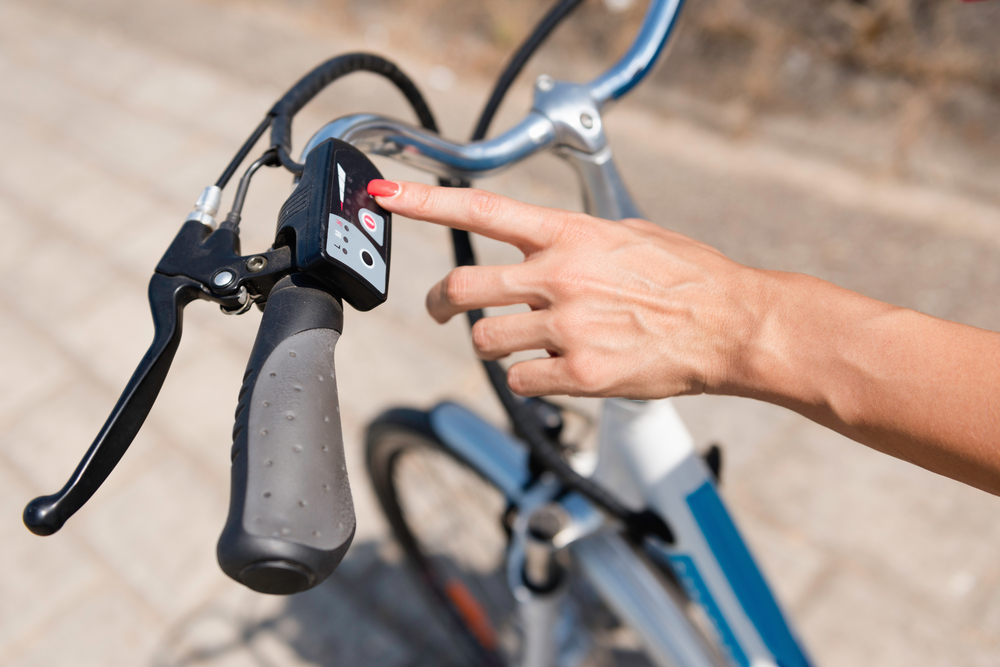
Information Sheet – Electric Bicycles
Electric Bicycles
What is an Electric Bicycle?
An electric bicycle (or e-bike) is a bicycle with a motorised assistance.
There are two types of legal motorised bicycles:-
- Those that require the cyclist to move the pedals to maintain electrical assistance (pedalec); and
- Bicycles with a handlebar throttle, that allow a cyclist to travel without using the pedals1
Design Rules / Requirements
The Australian Design Rules (ADRs) are national standards which dictate vehicle requirements. For vehicles manufactured post-1989, the application of the ADRs is the responsibility of the Federal Government pursuant to the Motor Vehicle Standards Act 1989 (Cth).
In 2012, changes were announced to the national vehicle safety standards in relation to power-assisted bicycles.
There are two types of legal motorised bicycles in Queensland (as described above) and the requirements vary for each. The pedalec type of bicycle must comply with the European Standard for Power Assisted Pedal Cycles (EN15194). The bicycle can have a maximum of only 250 watts of power and must be marked to show that it complies with the standard.
Bicycles with a handlebar throttle can have a motor that generates no more than 200 watts of power. If it is capable of generating more than 200 watts of power or has an internal combustion engine, then the bicycle must comply with Australian Design Rules for a motorbike and cannot be ridden on roads or road-related areas if it does not comply with these standards.
Do riders of Electric Bicycles have to comply with the Road Rules?
Yes. Bicycles are considered vehicles under legislation in Queensland, and so riders must obey the general road rules as they apply to vehicle operators.
1NB – The pedals should still be the primary source of power for the bicycle. If a rider can complete a journey without using the pedals and powered solely by the motor, then this would not be classed as a motorised bicycle
By Emily Billiau and Gemma Sweeney
